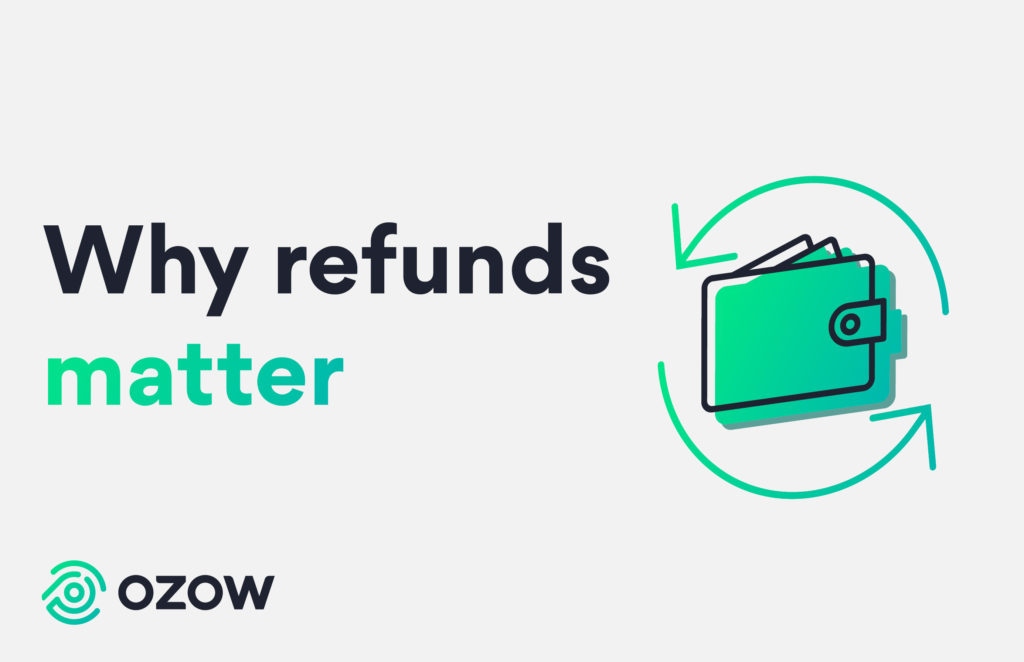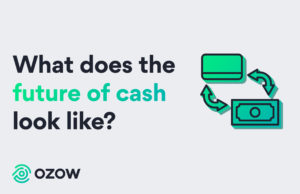In a fast-paced and ever-changing world, there’s a growing need for convenience. Nowadays, people spend money at the click of a button. But that click does more than just pay for their shopping – it marks the beginning of their engagement with the brand they’re buying from.
It’s so easy for people to shop online – spending money has never been more immediate. Customers expect the returns process to be quick and efficient too. This includes being refunded. Even in this day and age, refunds can be a sore point. It can be an expensive, complicated, resource-heavy process that requires a lot of manual work to collect all the necessary information.
It takes time.
When things take too long in a society that values instant gratification, people can become annoyed. If these people also have to call customer service lines to follow up on their refunds, their frustration only grows. All of this leads to a drop off in trust and loyalty towards the brand they shopped with. If people don’t trust a brand, they aren’t going to spend their money there.
The best time for brands to start optimising their returns policies and preparing to make refunds is just before peak shopping season. Data from Shopify shows that its eCommerce merchants process more than 80% of their returns in January alone. It’s no coincidence that this is right after Black Friday and the festive season.
Part of these preparations should be to find an easy way to make refunds that benefit brands and their customers.
Enter Ozow Refunds. It’s quick, hassle-free, and can save money for brands. More than that, it can help maintain customers’ trust. In fact, it might even make them like the brand more.
Here’s a snapshot of the benefits of using Ozow Refunds:
- Refund customers almost as quickly as they paid – all it takes is a few clicks on the Ozow dashboard.
- There’s no need to ask for customer’s banking details because the refund is made on the same platform as the payment.
For more information on why efficient refunds matter, visit our refunds page and download our white paper on the subject here.





